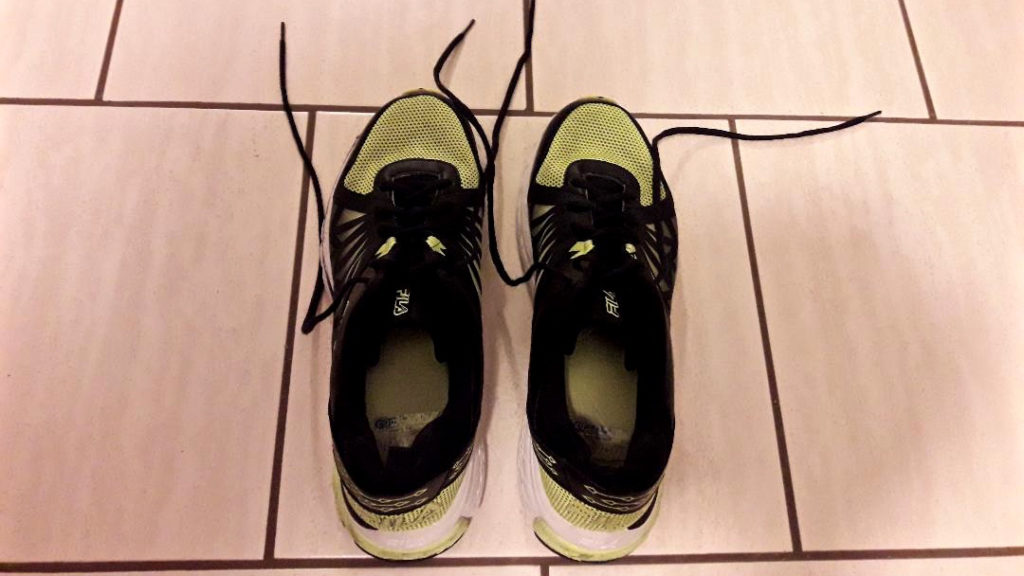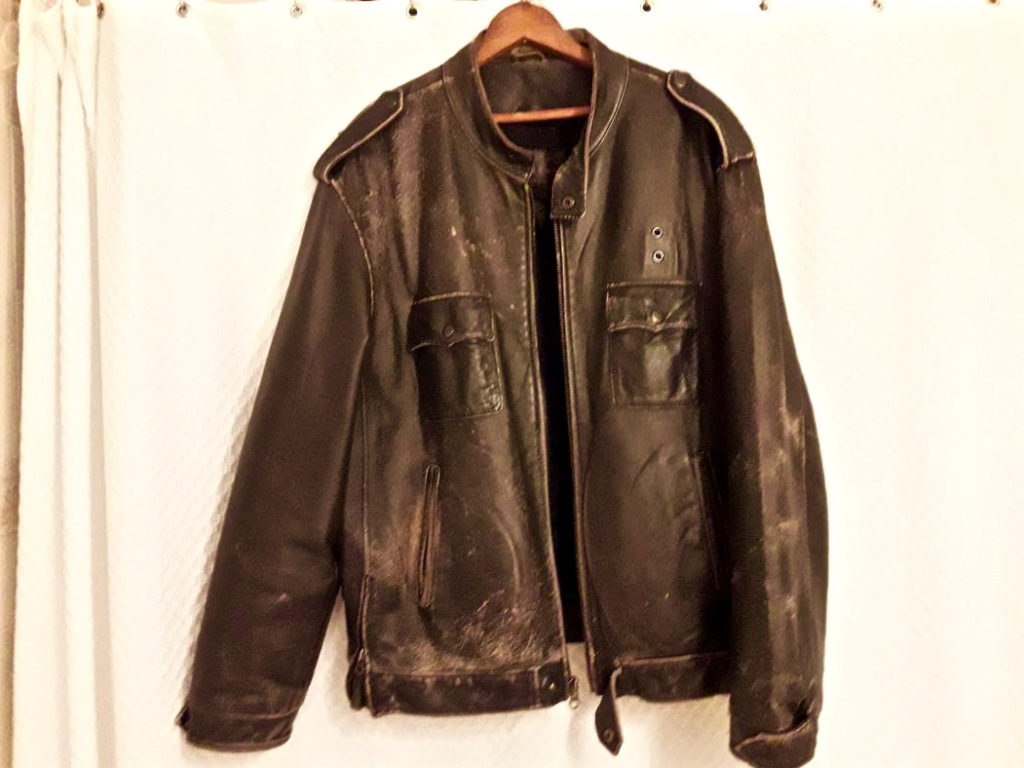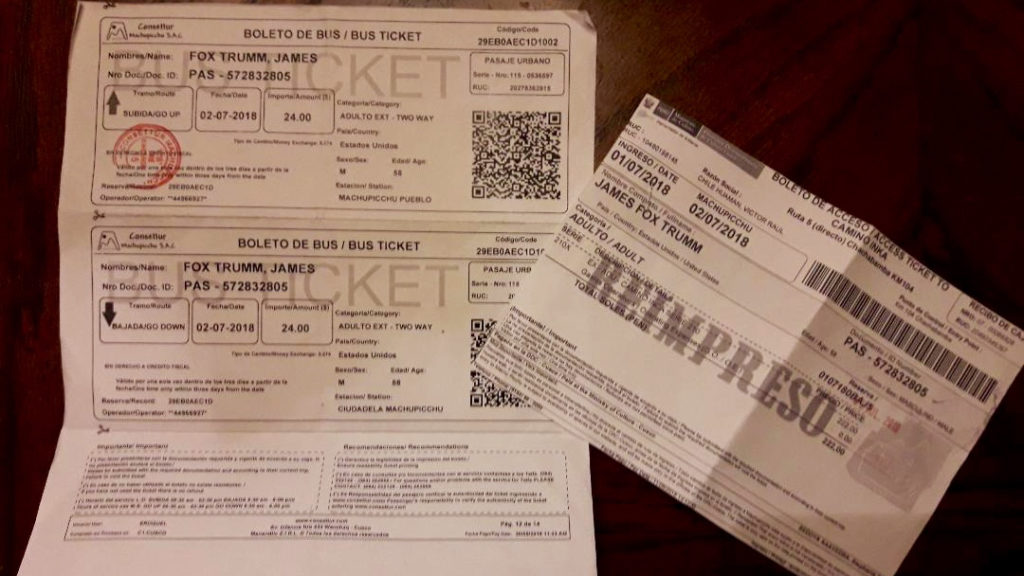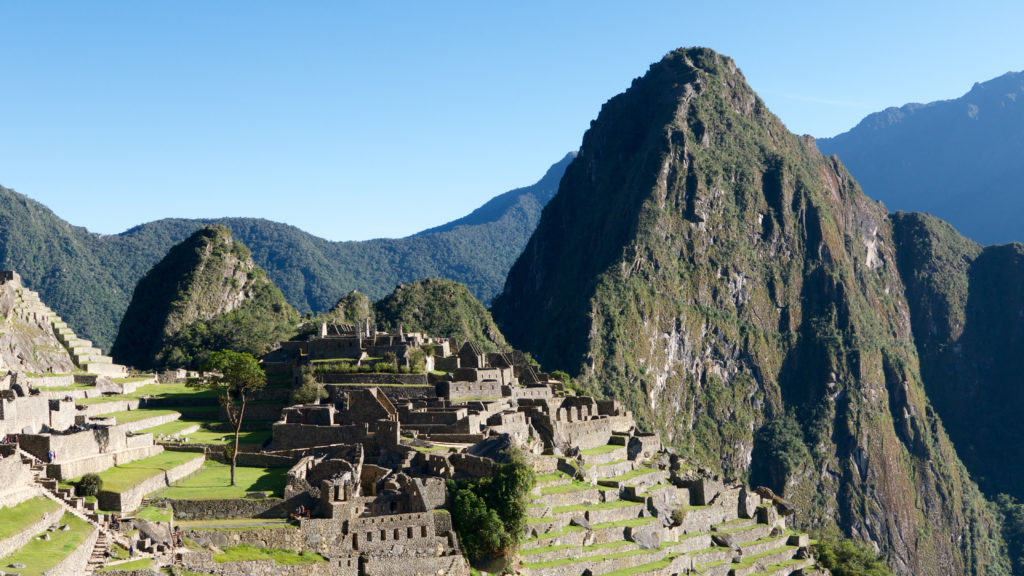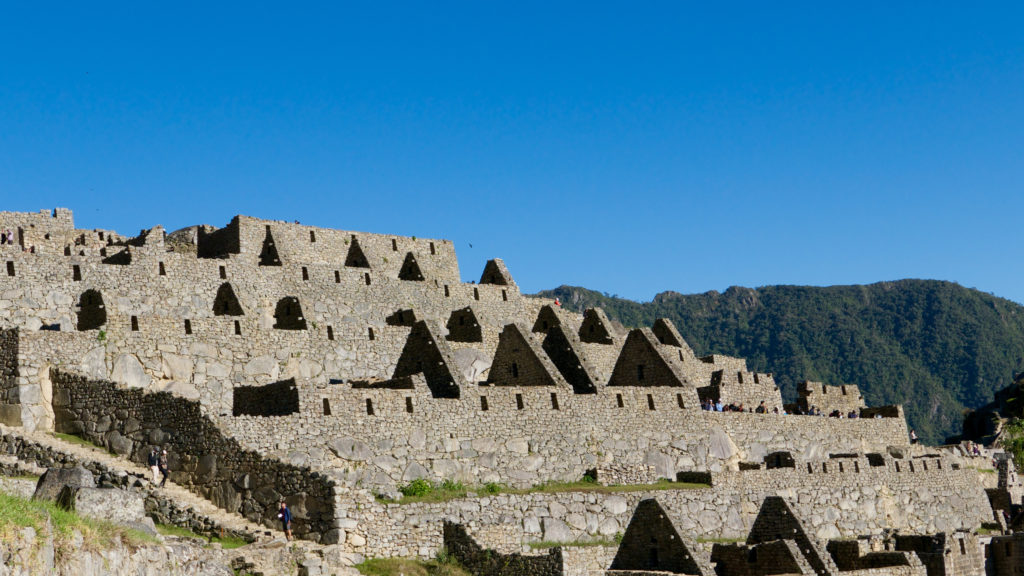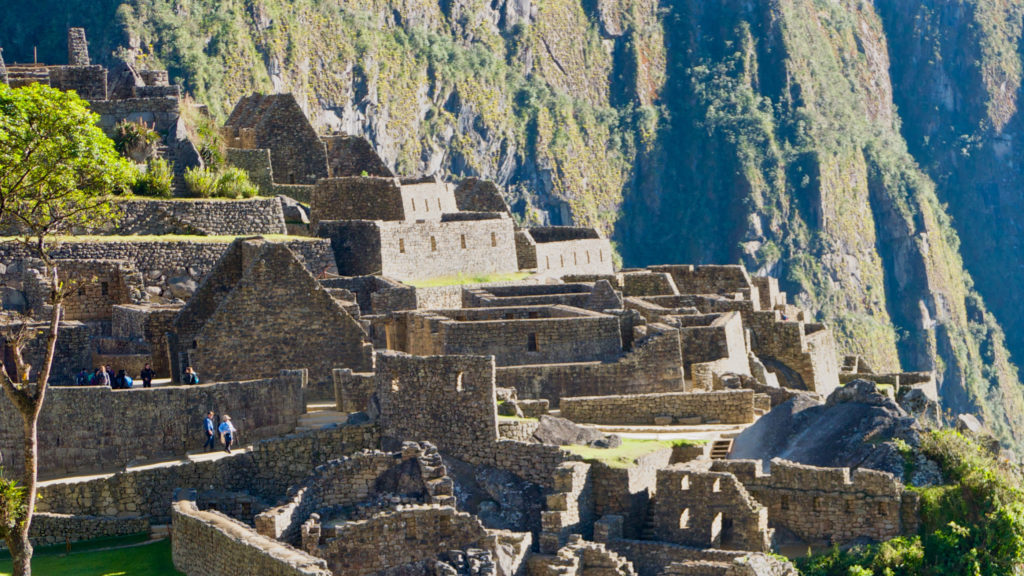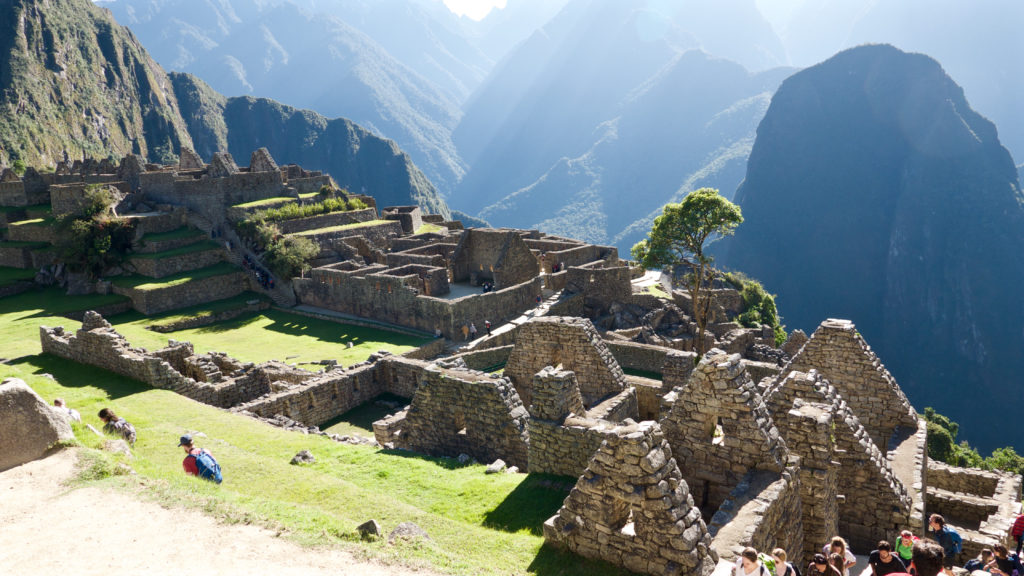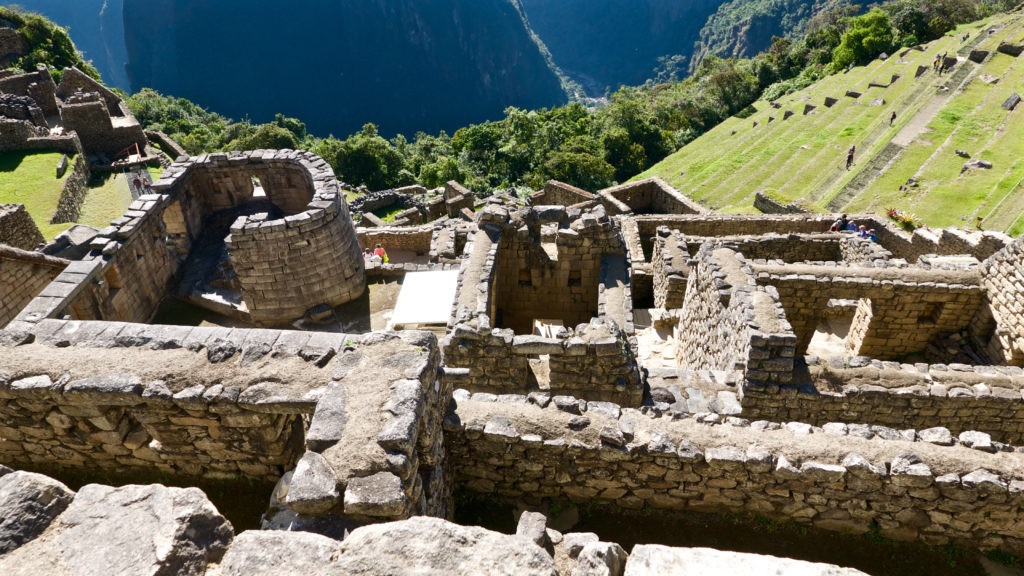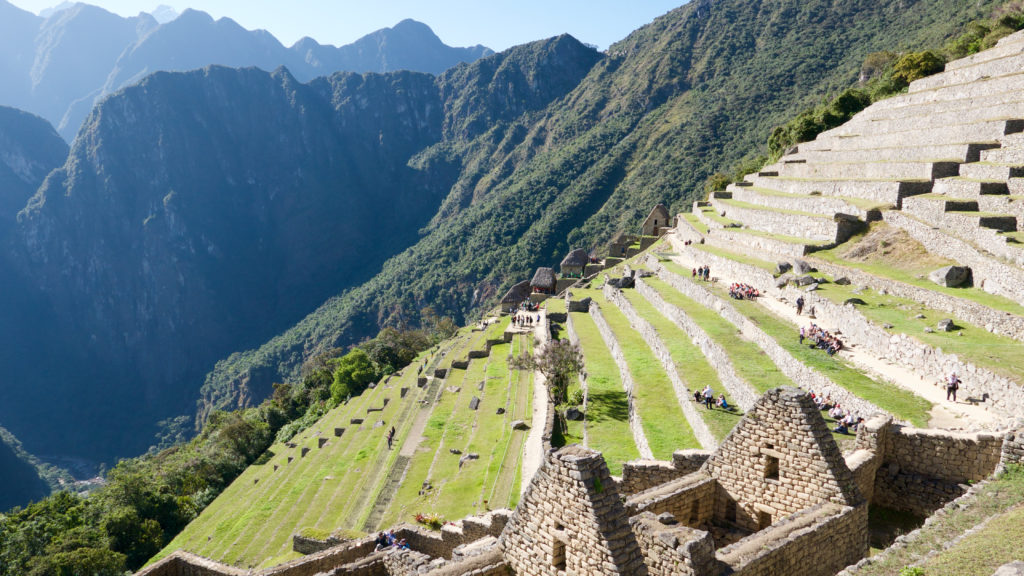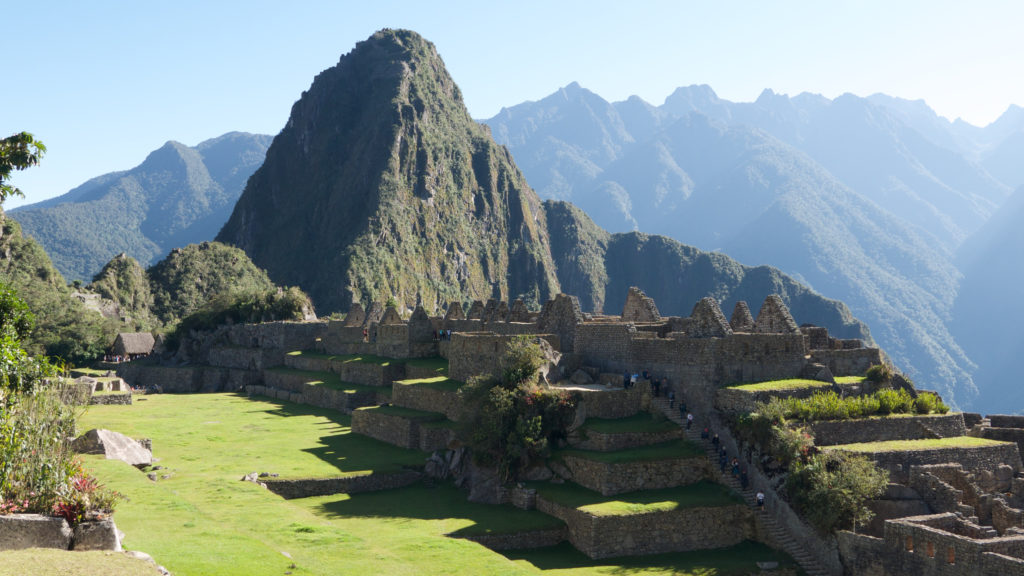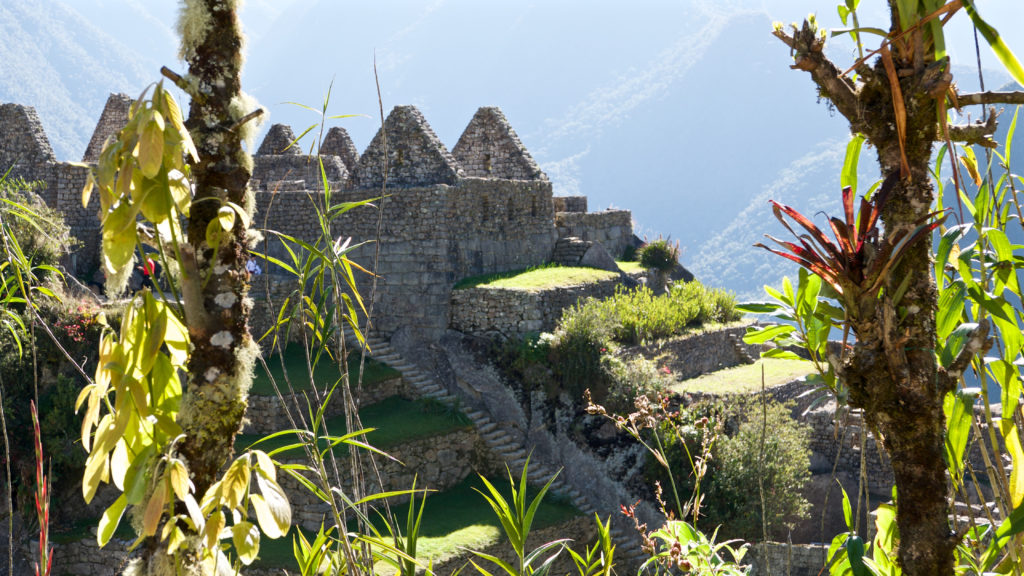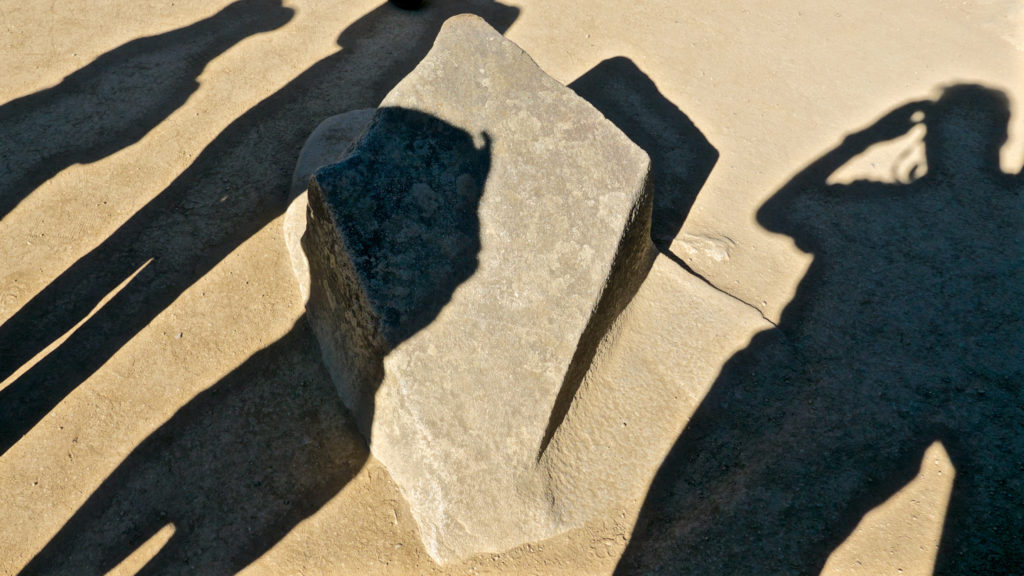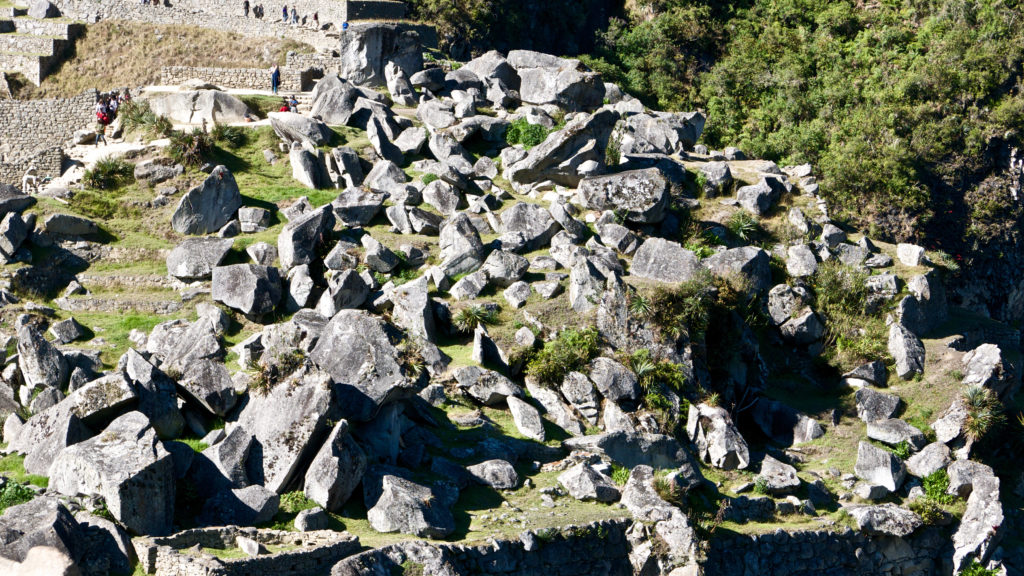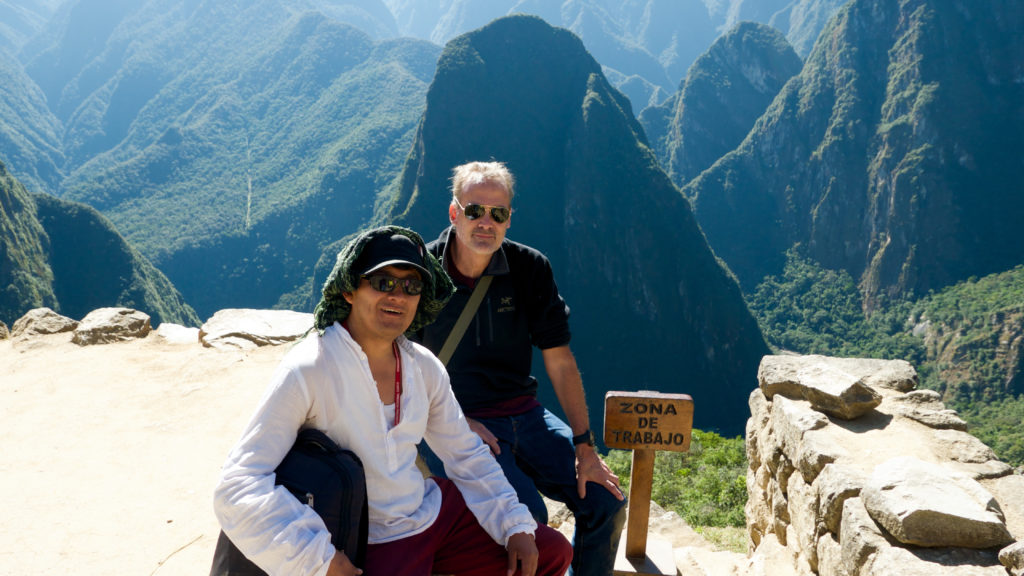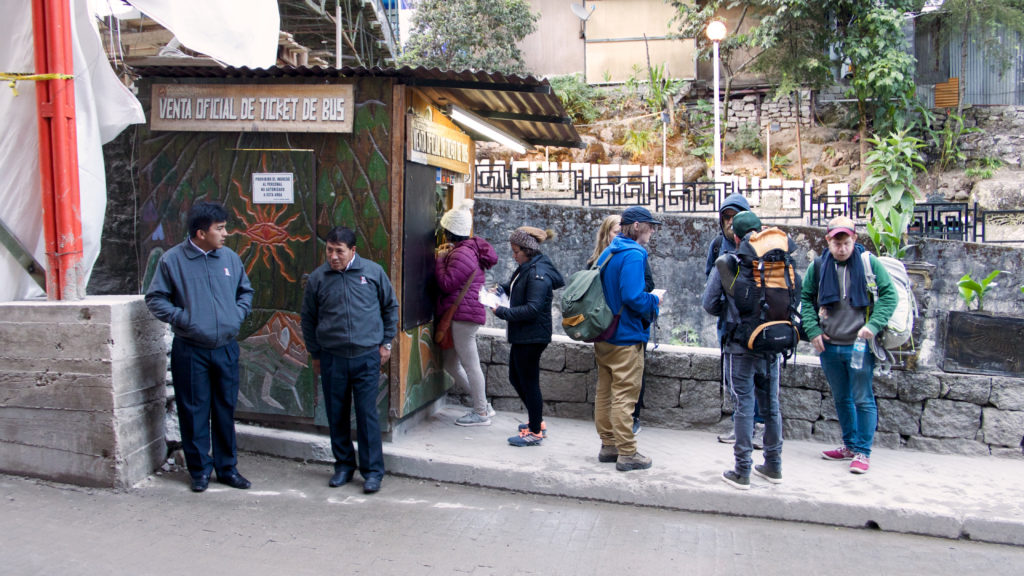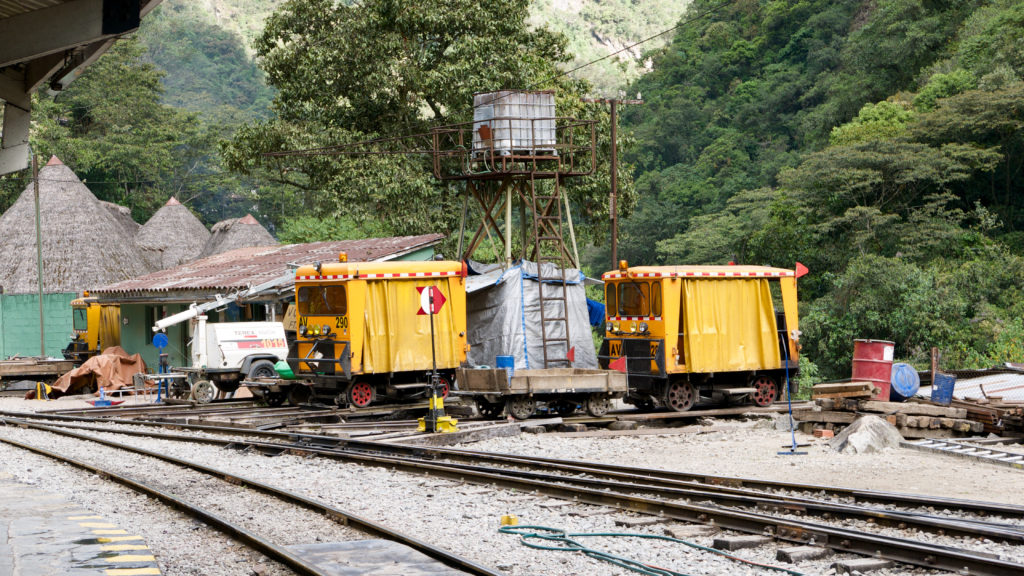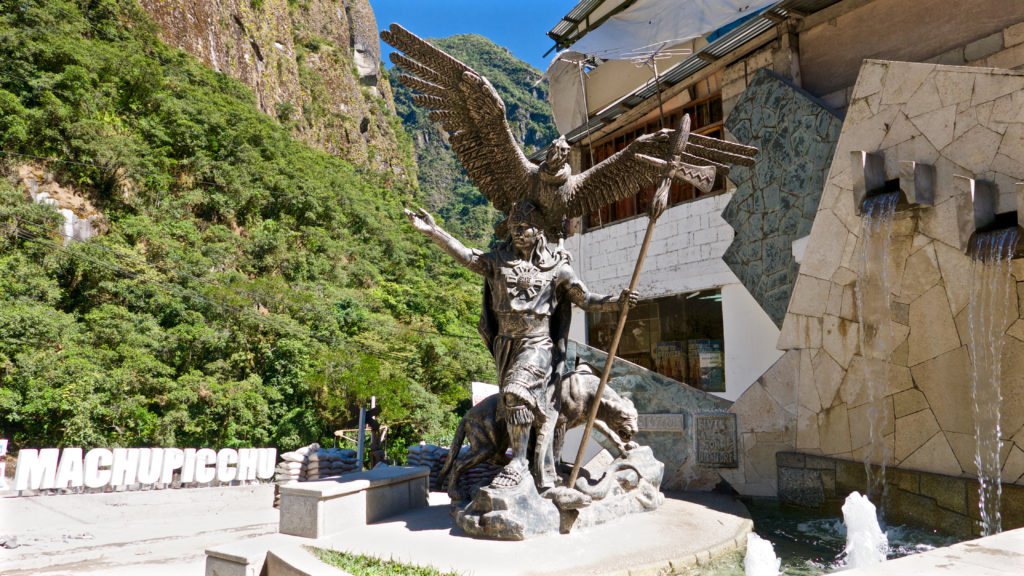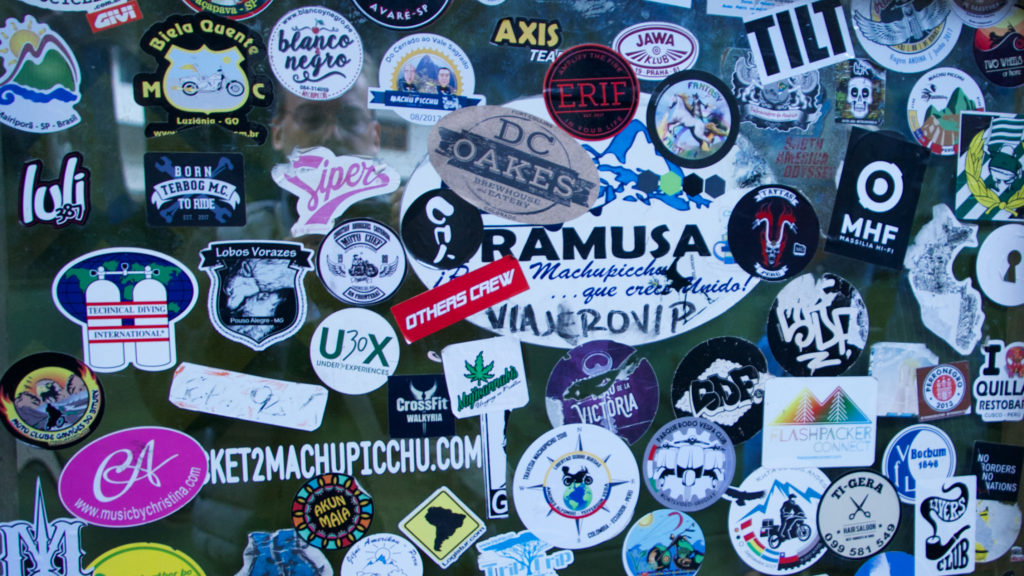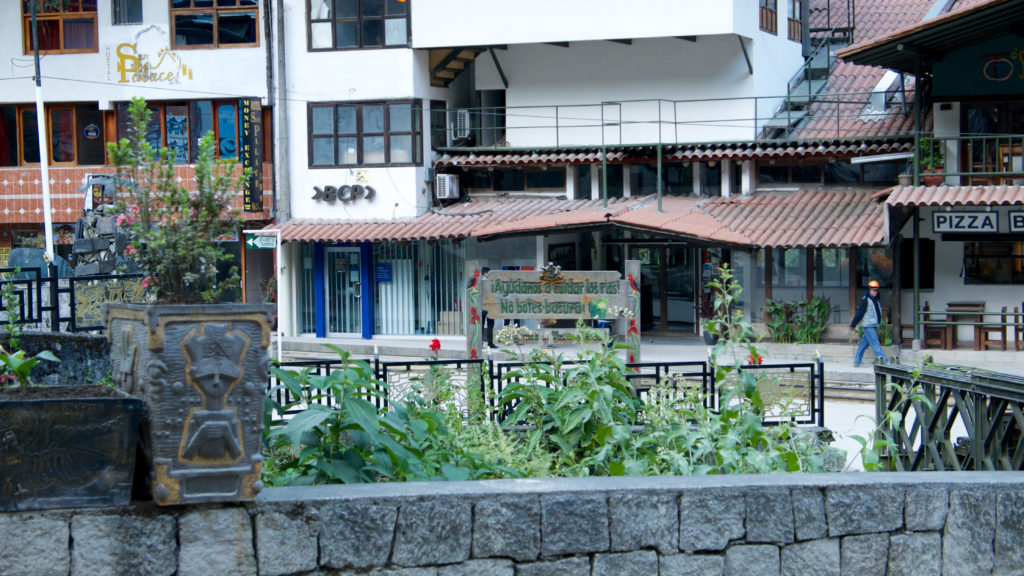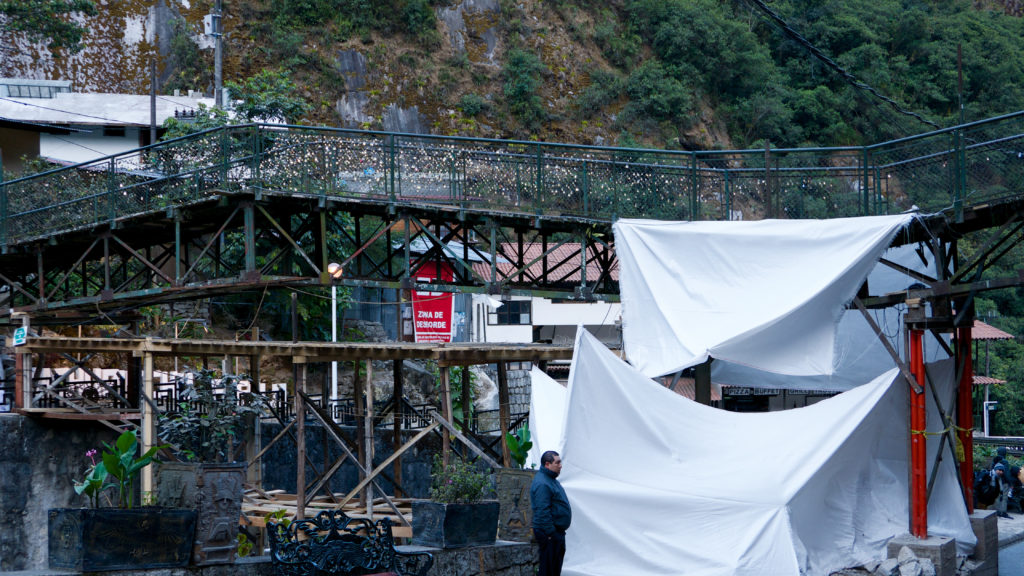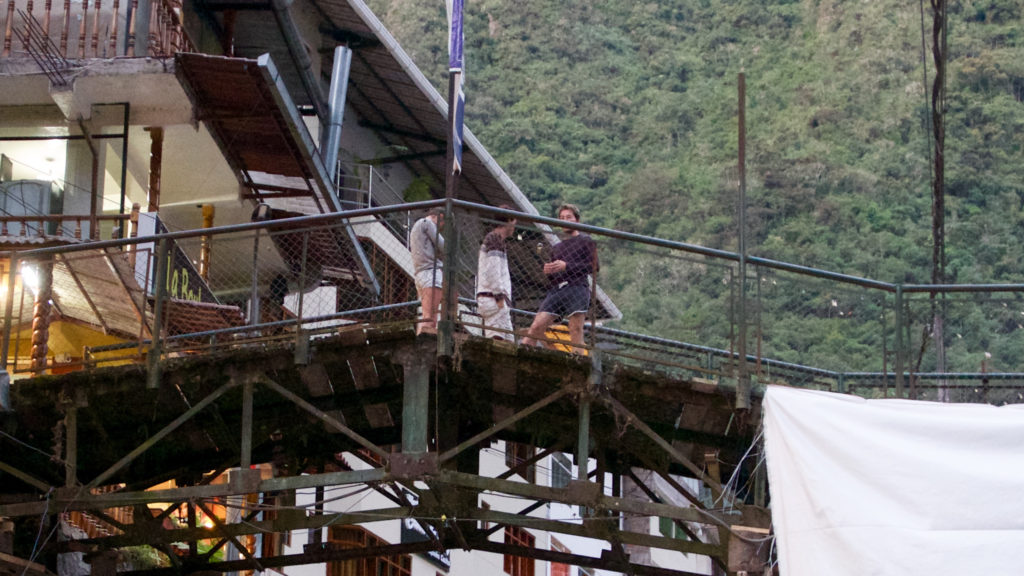From 2013 to 2015, I traveled regularly to countries in the developing world. I ventured to China, Southeast Asia, Malaysia, Bangladesh, Sri Lanka, Turkey, Tunisia, and Morocco. I developed good travel habits I was proud of and that served me well. But I haven’t been traveling as much recently and I’m obviously out of practice. My recent trip to Peru drove home to me how rusty my travel skills had become. So here’s a list of my Peruvian travel errors as a reminder to myself and as an aid to people who might be contemplating a similar trip. Learn from my mistakes!
Mistake #1: I Took the Wrong Footwear
I used to tell people that the most important thing to pack was the stuff you wear on your feet. You walk a lot when you travel. It’s a great way to see a country and its people and is often the only way to see the sights. If your feet hurt or you don’t have the right shoes, you won’t enjoy your trip nearly as much.
My old go-to travel footwear was a pair of Merrell hiking shoes. I wore them everywhere. They had good arch and ankle support. These things are important in parts of the world where sidewalks and streets are not as smooth and obstacle-free as they are in North America. They looked good, too: not too flashy but suitable for all but the most formal environments.
Strangely, though, in the last year, they began to hurt my feet. I don’t know whether the shoes or my feet changed, but those shoes simply weren’t comfortable anymore. I meant to replace them, but I hate shoe shopping and kept putting off the errand. When it came time to go to Peru, I opened my closet and was faced with a choice between Converse Chuck Taylors and FILA athletic shoes. I took the FILAs. Though they’re well-padded and comfortable for all-day wear, they don’t have the kind of ankle or arch support that’s needed for walking across uneven terrain. They have relatively smooth soles and that doesn’t provide much grip on hilly terrain. And they’re fluorescent green. I paid for this poor choice on the Inca Trail. The lack of ankle support put a lot of stress on my knee and hip muscles and left me limping for the last quarter of the trip.
Lesson (re-) learned: take appropriate footwear.
Mistake #2: I Took the Wrong Jacket
If you know me, you know I love my leather jackets. They look and feel great in spring and fall weather. They’re durable and have lots of pockets, which are good for travelers.
For walking around Lima, when the morning and evening temperatures dipped into the 50s, my old brown leather jacket was great. But it was an extremely poor choice for hiking the Inca Trail. Yes, it kept me warm—but too much so. All that exertion made me sweat and the leather trapped the heat and moisture inside. I was soon way too hot and damp. So I took off the jacket and crammed it down inside my day pack. But this added a good 12 pounds to my day pack and added so much bulk to the pack that it was hard to get anything in or out of the pack. I felt the extra weight as I struggled to get enough oxygen while climbing up the train ascents.
It would have made much more sense for me to have taken a down or fiberfill jacket — something lightweight that could be vented easily. I own a couple I could have used. But I was thinking more about walking around urban Lima than about hiking the Inca Trail. I should have gone for functionality over style.
Mistake #3: I Didn’t Do My Homework
Ah, arrogance. It’s so easy to fall into. “Machu Picchu? I’ll just go to Cusco and get a bus there or something and walk around and see what’s to be seen.” That was the extent of my planning. And in a lot of places, that would have been enough. But by the time I realized that there was a lot more to it than that, it was almost too late. And to make matters worse, I had laid out nonrefundable hotel deposits on accommodations that just wouldn’t work for what I wanted to do.
Had I researched this trip with my usual diligence, I would have realized some pretty basic facts:
–You need a permit to hike the Inca Trail and such permits are limited in number.
–You need a ticket to enter Machu Picchu and such tickets are limited in number.
–You can’t enter Machu Picchu on your own; you have to have a licensed guide with you at all times.
–Trains and buses that operate in the vicinity of Machu Picchu are booked up months in advance.
I remember the day when all those facts hit me. And I wanted to hit myself back. How could I have been so careless about my plans? I had to scramble to save my vacation. Fortunately, I lucked upon Adios Adventure Travel. Unlike some of the other outfitters I contacted, they were fine with working around my schedule instead of forcing me into theirs. I rarely hire outfitters, travel agents, or guides, but this was one instance where I needed help. Adios came through for me and arranged for all the transfers, transportation, and accommodations I needed for the Machu Picchu leg of my trip. But it was a near thing. Had I discovered the fundamental planning errors I made a couple of weeks later, I probably wouldn’t have been able to make the trip at all. As it was, I lost some money on useless hotel deposits, but I saved my trip.
Mistake #4: I Didn’t Train Right
I knew that hiking the Inca Trail and climbing around Machu Picchu would be a major physical challenge. And so in the nine weeks before I left, I made a concerted effort to get into shape for it. I ran the stairs at my apartment building. I lost eleven pounds. I worked out with free weights. I took long walks. I took my vitamins and ate my Wheaties. But the Inca Trail kicked my sorry ass anyway.
The elevation was part of it—and frankly, I don’t know what I could have done short of running with a plastic bag over my head to cope with it. Puerto Rico is a few hundred feet above sea level. Machu Picchu is over 8,000 foot above sea level. Cusco is 3,000 feet above that. I took Acetazolamide before and during my stay at elevation, but I hated the side effects it caused. Though I didn’t get altitude sickness, I was still chronically short of breath out on the trail.
I should have done a lot more to train with sustained aerobic activity. My aerobic efforts tended to be short but intense. Long and moderate would have been better.
Mistake #5: I Didn’t Read the Fine Print
As my mistakes on this trip go, this was a minor one, though it could have been more significant if I’d run into any serious problems.
I have a Samsung Galaxy J7 smartphone that accommodates two SIM cards. When I travel abroad, I simply buy a local pay-as-you-go SIM card and slide it in. Then I’ve got an in-country phone number and data plan that is far cheaper than paying international roaming charges on my regular US account.
When I was in the Lima airport, I went to a Claro kiosk and saw a sign promoting a one-week all-you-can-eat SIM card for a very reasonable price. I bought it. And it was great for data. But when I wanted to make an in-country phone call, I had to dial a six-digit access code first. Supposedly I could have used this to text out of the country as well, though I was never able to make that work.
As it turned out, the Claro data plan was enough to keep me connected via WhatsApp and Facebook Messenger. But on the one occasion where I had to make an actual phone call, it wasn’t very useful. I didn’t want to be fiddling around with access codes and trying to figure out if I needed to use a country code or a +1 to make it work. Next time, I need to find out more about these SIM card deals before I plunk my money down.
